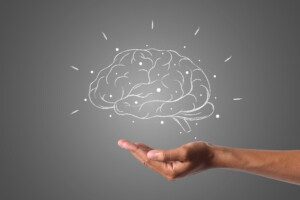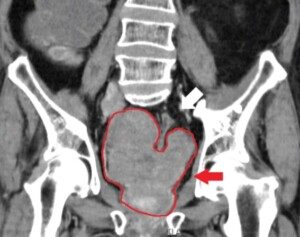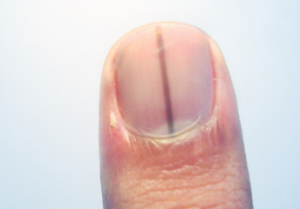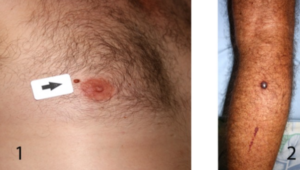Ever looked at a cloud, a car, or even a piece of toast and thought, “That kind of looks like a face”?
You’re not imagining it — your brain is simply doing what it’s built to do.
A study from the University of Surrey dives into this strange but very human quirk, showing that we’re naturally wired to spot human faces — or anything that resembles one — in everyday objects.
And here’s the wild part: Those fake faces actually grab our attention in a unique, sometimes even stronger, way than real ones.
How the Study Worked
Researchers wanted to understand what really happens when we see a “face” that isn’t a face.
They published their findings in i-Perception, comparing two scenarios.
First, when people look at an actual human face that’s turned slightly to the side, known as an averted gaze.
Second, when people look at an object that only looks like a face — a phenomenon called face pareidolia.
To figure this out, the team ran four experiments involving 54 participants.
Everyone took part in something called a gaze cueing task, which tests how quickly your attention shifts based on what you see.
What they discovered was pretty fascinating — both real faces and face-like objects caused people to shift their attention.
Different Faces, Different Brain Pathways
Even though both types of “faces” grabbed attention, they did it for different reasons.
When we look at a real human face, our attention naturally zeroes in on key details — mainly the eyes and where they’re looking.
But with a face-like object, the brain doesn’t have real eyes to track.
Instead, it processes the whole structure — the placement of “eyes,” “mouth” and “head” — as a complete pattern.
That overall shape seems to fire up a stronger attention response.
As Dr. Di Fu from the University of Surrey explains, we process real faces by focusing on specific features like the eyes and gaze direction.
But when it comes to objects that look like faces, we process their overall layout.
That’s why they can sometimes grab our attention even more.
Why This Actually Matters
Yes, it’s fun to know why we see faces in random places — but there’s more to it than curiosity.
This insight could help designers and advertisers create visuals that instantly grab attention.
If a face-like shape naturally draws our focus, then things like product packaging, logos or even billboards could be designed to subtly mimic facial features.
By adding eye-like or mouth-like patterns, designers might trigger our brains to notice and remember things faster.
Our brains are face-spotting machines.
Whether it’s a real person or a smiley-looking car front, we can’t help but see faces where none exist.
And now we have a study that explains why those imaginary faces don’t just amuse us.
They actually have real power to grab our attention and make the world around us feel a little more human.
![]()



























